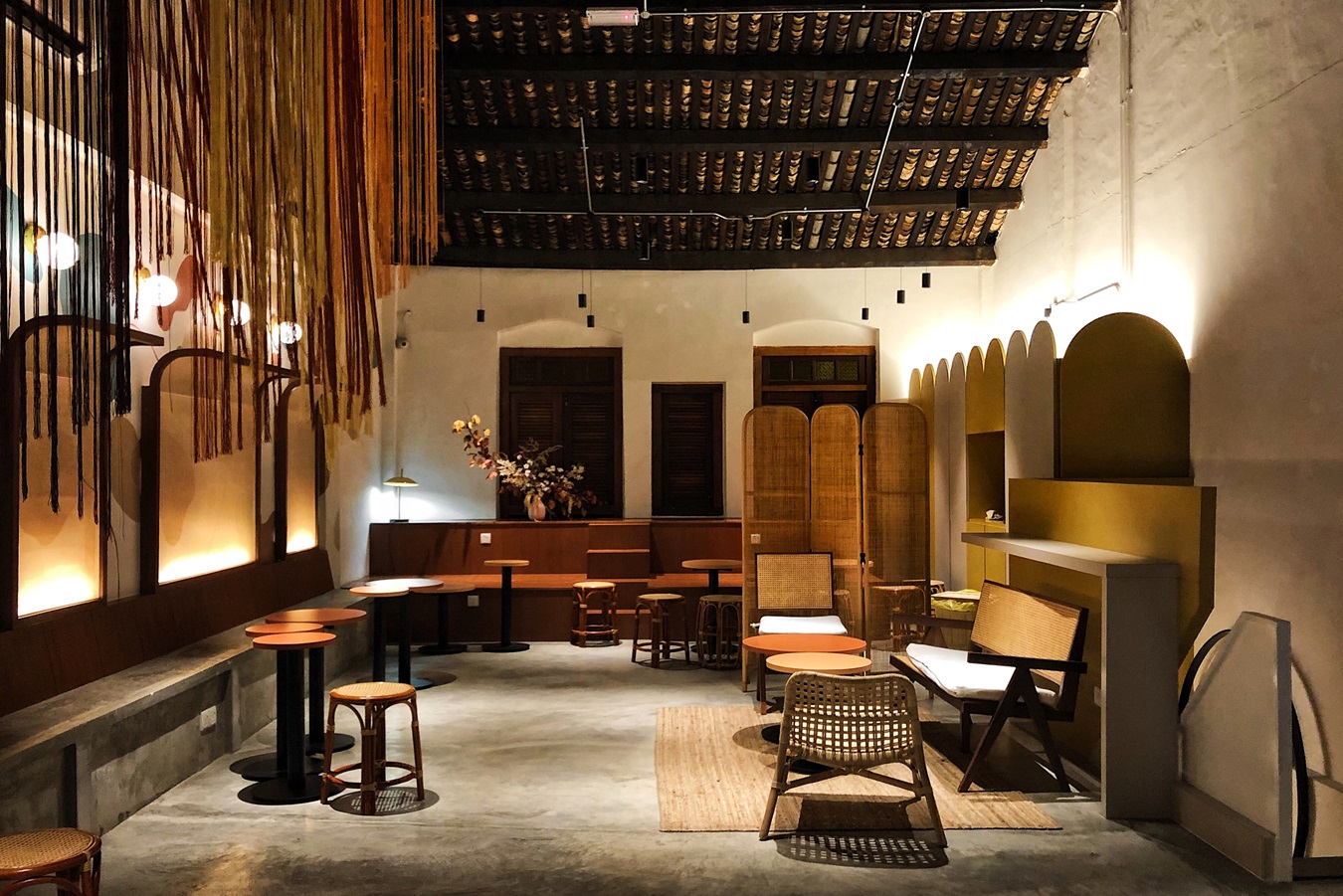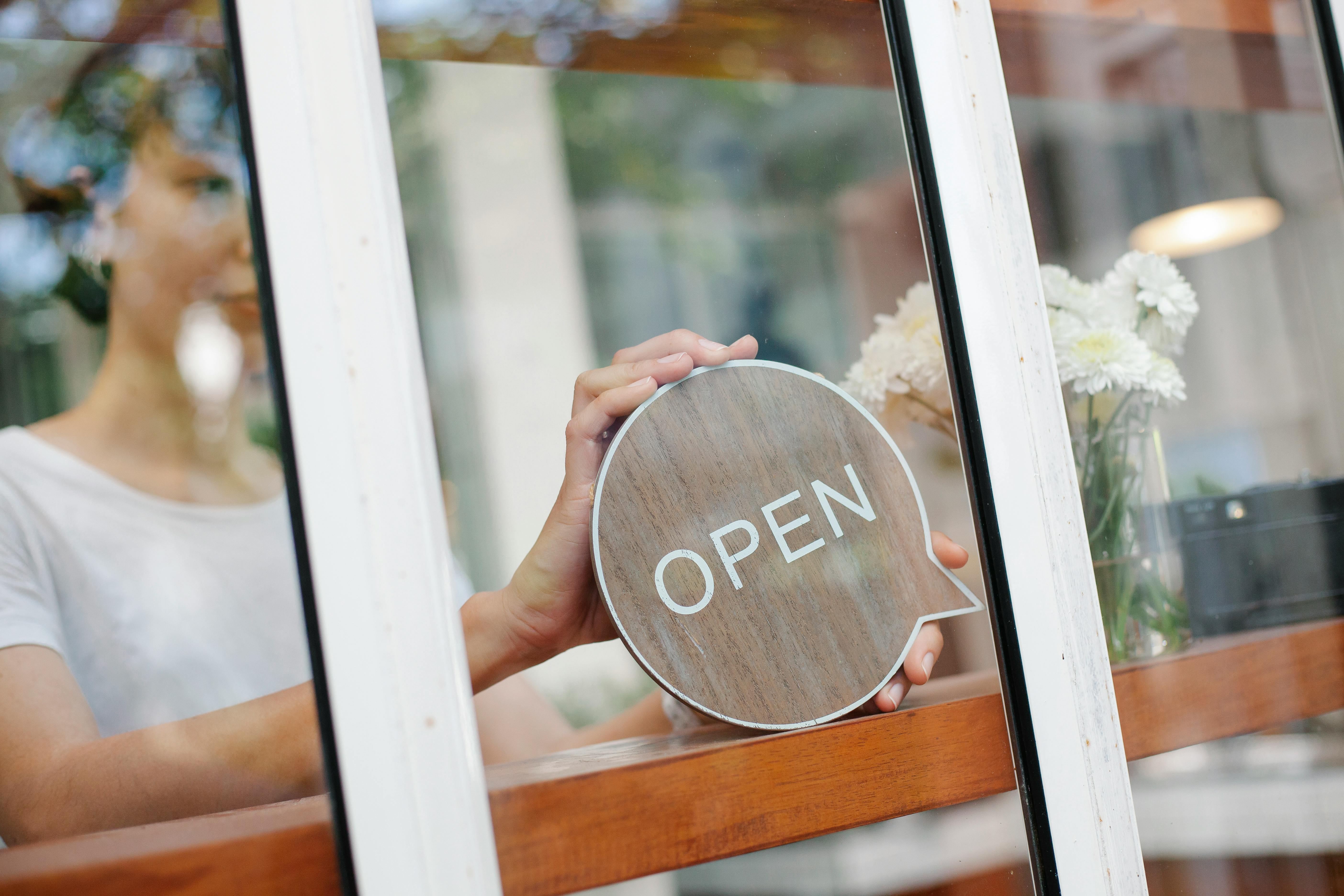 SHARE
SHARE
Marginal Utility: A Smart Way to Keep Customers Interested in New Menu Items
Briantama Afiq Ashari
Ever wondered why customers who once loved a dish suddenly get bored—even though the taste hasn’t changed?
This can be explained by the concept of marginal utility—the level of satisfaction gained from consuming one additional unit of a product.
Imagine a customer ordering their first iced coffee: it feels refreshing and satisfying.
But when they order another, the satisfaction usually decreases. That’s marginal utility—the more consumed, the less satisfaction it brings.
What Is Marginal Utility and the Law of Diminishing Marginal Utility?
In economics, there’s a principle closely tied to this: marginal utility and the law of diminishing marginal utility.
- Marginal Utility: the extra satisfaction gained from consuming one additional unit of a good or service.
- Law of Diminishing Marginal Utility: as consumption increases, the satisfaction from each additional unit declines.
Example in a restaurant:
The first slice of pizza tastes amazing, but by the third or fourth, the enjoyment isn’t the same. Eventually, the slice may even feel less desirable.
Studies in the restaurant industry also show that while customers are satisfied during their first visits, satisfaction tends to decline if there’s no novelty. This is why menu rotation and variety are key to customer loyalty.
Read Also: Want Loyal and Returning Customers? Implement a Customer Intimacy Strategy Now!
The Marginal Utility Formula for Smarter Menu Strategies
Source: istockphoto
The formula is simple:
For example, if a customer rates a dish 9/10 on the first try, and only 7/10 on the second try, that difference is the marginal utility.
This drop signals when it’s time to innovate or introduce variety to your menu.
Why Should You Care About Diminishing Marginal Utility?
Source: istockphoto
Diminishing marginal utility directly affects customer loyalty.
Successful restaurants thrive because they understand this and consistently offer variations—such as unique twists on fried chicken like mozzarella toppings or Korean-style sauces—to keep customers engaged.
By monitoring weekly sales data, you can see when customer interest begins to decline, then release new menu variants at the right time.
Read Also: Trying Omakase for the First Time? Let's Understand the Concept First to Avoid Misunderstandings!
Menu Strategy Based on the Concept of Marginal Utility
Here are some practical tactics to keep things fresh and exciting for your customers:
1. Weekly Menu Rotation
Offer limited-edition menus available only once a week to spark curiosity.
2. Offer a Combination Menu
Combine two popular items into one package. This enhances customer satisfaction with a fuller dining experience.
3. Seasonal Menu Release
Launch exclusive dishes during festive seasons like Ramadan, Christmas, or New Year.
4. Bundled Pricing
Apply marginal utility logic to pricing. For example, offer a discount on a second drink, knowing customers may already be satisfied with the first.
5. Testimonials and Reviews
Gather feedback every time you launch a new menu. Real data helps measure marginal utility and refine strategies.
Quick Summary
FAQ: Marginal Utility in Restaurants
1. What is marginal utility and why does it matter?
Marginal utility is the extra satisfaction a customer gets from consuming one more unit of a product. Understanding this helps you plan menu rotation, promotions, and prevent customer fatigue.
2. What does the law of diminishing marginal utility mean?
It means that with each additional unit consumed, the extra satisfaction decreases—for example, the first slice of pizza tastes best, the fifth less so.
3. How do you calculate marginal utility?
Use the formula: MU = ΔTotal Utility ÷ ΔQuantity. For instance, if satisfaction drops from rating 9 to 7, the MU = –2
4. Kenapa konsep ini penting untuk restoran?
Because it directly affects customer loyalty. Offering static menus can lead to boredom. Rotating menus or offering limited editions keeps satisfaction—and return visits—high.
5. Apakah marginal utility bisa nol atau negatif?
Yes—after excessive consumption, the added satisfaction may become zero or even negative (e.g., customer feels sick from too much food).
Conclusion
Marginal utility shows us that customer satisfaction decreases if menus remain static.
Without a strategy, customers may quickly lose interest and switch to competitors.
With ESB POSLite, small restaurants can manage sales and inventory more efficiently. For larger businesses with multiple branches, ESB POS provides full control through integrated, real-time data.
Don’t let your customers slip away. Keep menus fresh, customers loyal, and revenue stable.
Contact the ESB Team today for the best restaurant solutions!
 SHARE
SHARE




